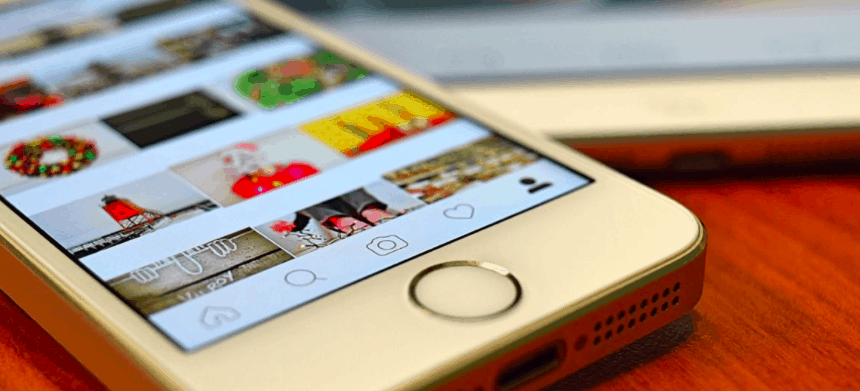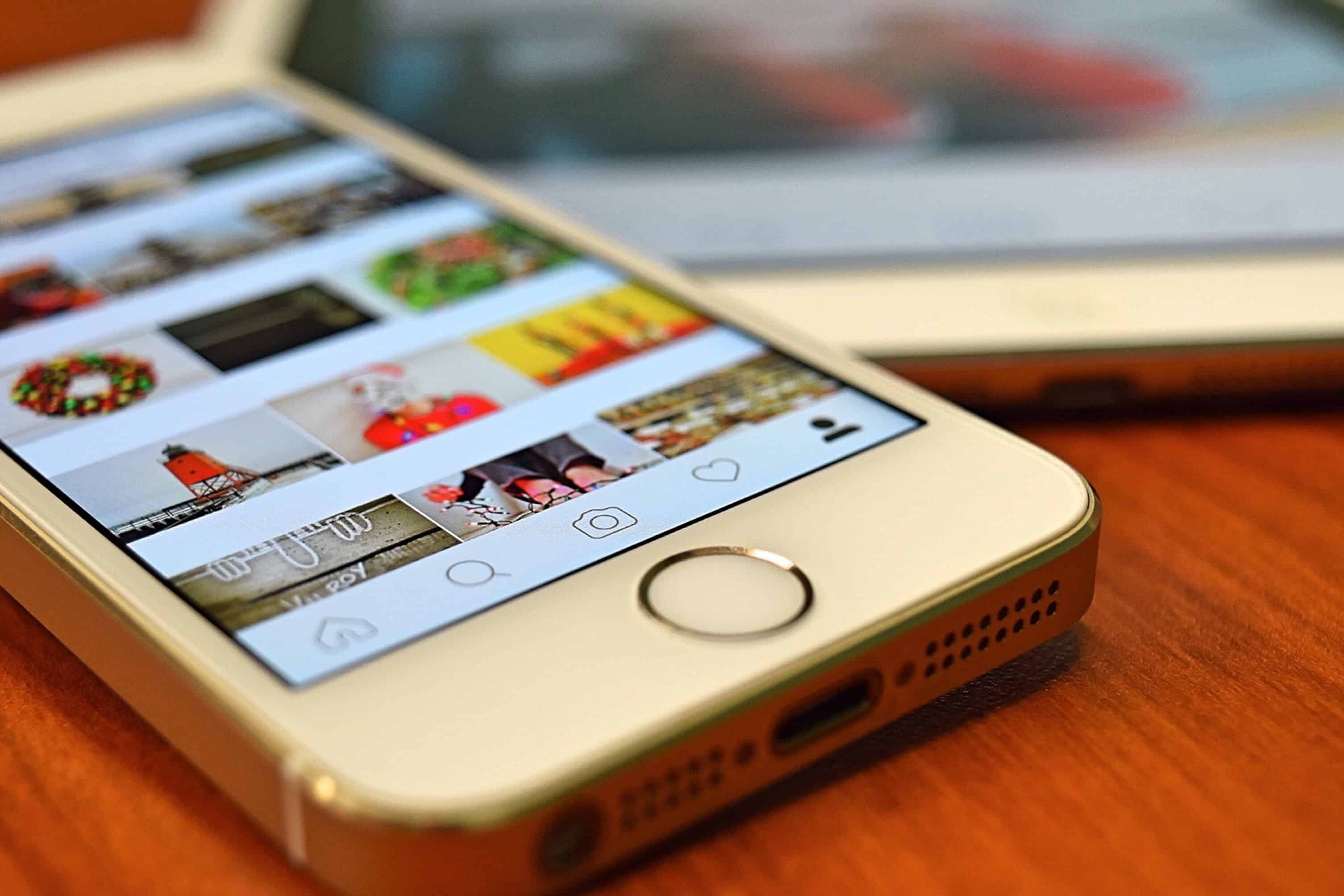
Parents now have access to the most effective tool to manage screen time
Let’s be honest. We all struggle with screen time. We are all part of a vast, sociological experiment that is unfolding in all of our lives…and that of our kids. Our screens, with advances such as widespread access to high speed Internet, smartphones, and social media, are changing the way we connect with one another, work, and play. Since these technologies are rapidly evolving, it might feel like we are trying to catch a snowball rolling down a steep hill. Not only is it getting away from us, it is growing in size.
How Much Screen Time?
As parents, we are alarmed at how much time our kids are on their devices. Children ages 8-11 are spending on average about 3.6 hours of recreational screen time. This is about twice the recommended limit. Teens spend even more time on their screens, perhaps over 6 hours per day, but it is difficult to get exact figures. Self-reports are often inaccurate, and there would be a tendency to under report usage. Adults might not be any better than kids and teens when it comes to time spent on screens. Recent research puts adults’ use of screens, aggregating work and recreational usage, at a whopping 11 hours plus per day.
Screens, of course, aren’t inherently bad. They provide countless benefits. However, we tend to overdo it. It’s difficult to fight this urge because screens are difficult to resist in the same way as potato chips, gambling, and even recreational drugs. They tap into the same primitive reward system in the brain as other activities than are often known to be “addictive” or at least compelling. Granted, checking Instagram or responding to a buzzing phone isn’t the same as snorting a line of cocaine. Still, we all know the subtle but powerful spell that have over us. Moreover, through persuasive technology, Google, Amazon, Facebook, Snapchat, and other technology companies know how to tweak their interfaces to keep us coming back for more. It is difficult to limit ourselves.
Good News — Part Of The Solution Is finally Here!
Mathematician, physicist, and engineer, Lord Kelvin, once said, “If you cannot measure it, you cannot improve it.” I would say this applies to our screen usage quite well. After various parenting and advocacy groups petitioned tech companies such as Apple, we have finally received very powerful tools to help us manage screen time — and perhaps even use it to maximum benefit. In Apple’s recently released iOS 12, which you can install now, there is a feature called Screen Time. Android phone users, with the Android 9 Pie operating system, will have access to a similar feature called Digital Wellbeing.
With these features, parents can:
- Set time limits (e.g., teens can’t use the phone on school nights between 11:00 pm – 7:00 am)
- See how much time is being spent on various apps by category (e.g., productivity, entertainment, social)
- See how often the phone is being checked per day
- Limit access to certain apps
- Limit access to inappropriate content/apps
What does this mean?
With the tools that we now have to track our digital presence on smartphones, we will see some solid data and research on:
- How much time we and our kids REALLY spend on our phones
- Where and how is that time being spent
- How our phone usage affects well-being
Ultimately, these tracking features will enable researchers to determine some of the best ways to use our technologies to enhance well-being and what ways (e.g., types of use and amount of use) seem to diminish well-being. Much like wearables such as a Fitbit can hold us accountable for getting around 10,000 steps per day, we will learn some optimal usage goals for which to strive.
Not A Panacea
Screen Time and Digital Wellbeing are not going to solve all of our screen time challenges. Aggregate daily screen time won’t be tracked for kids (or adults!) who spend time on a laptop, play Fortnite on an Xbox, or watch shows on cable or on a Smart TV. Also, crafty kids will likely find workarounds to parental limitations. Still, this is a great start. If you are a parent, install and start using Screen Time or Digital Wellbeing as soon as possible. Just be sure to monitor your own usage, not just that of your kids! We are all in this together!

